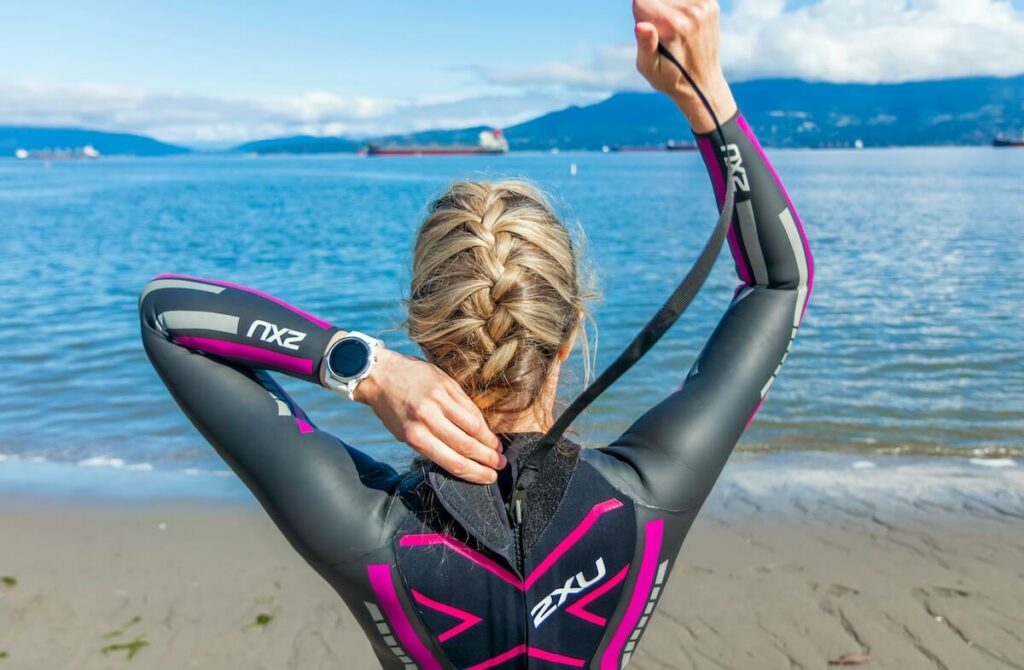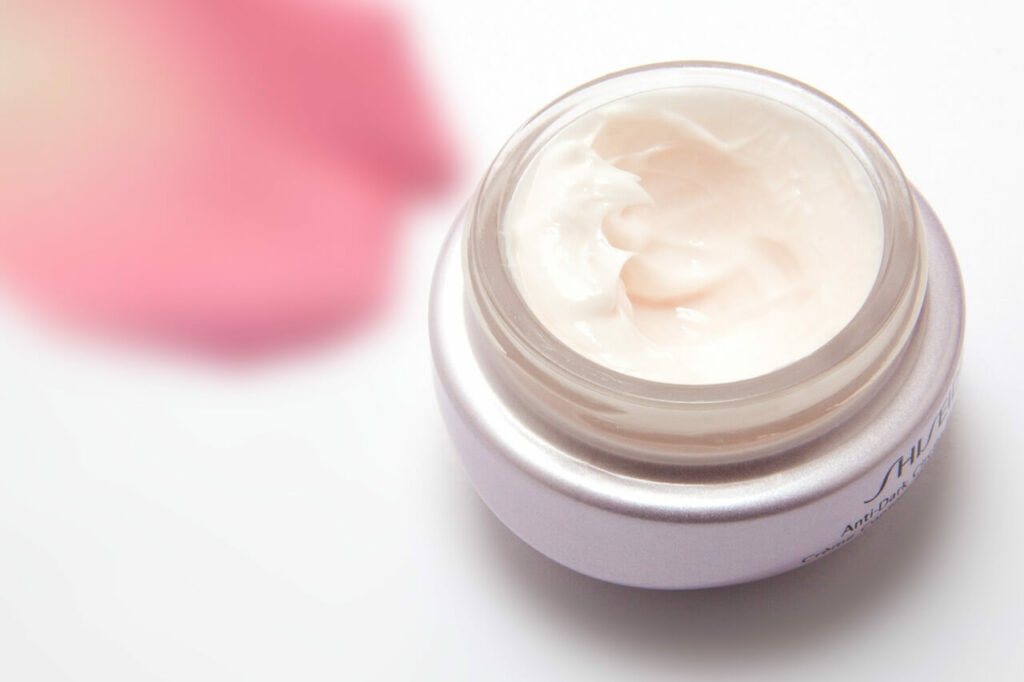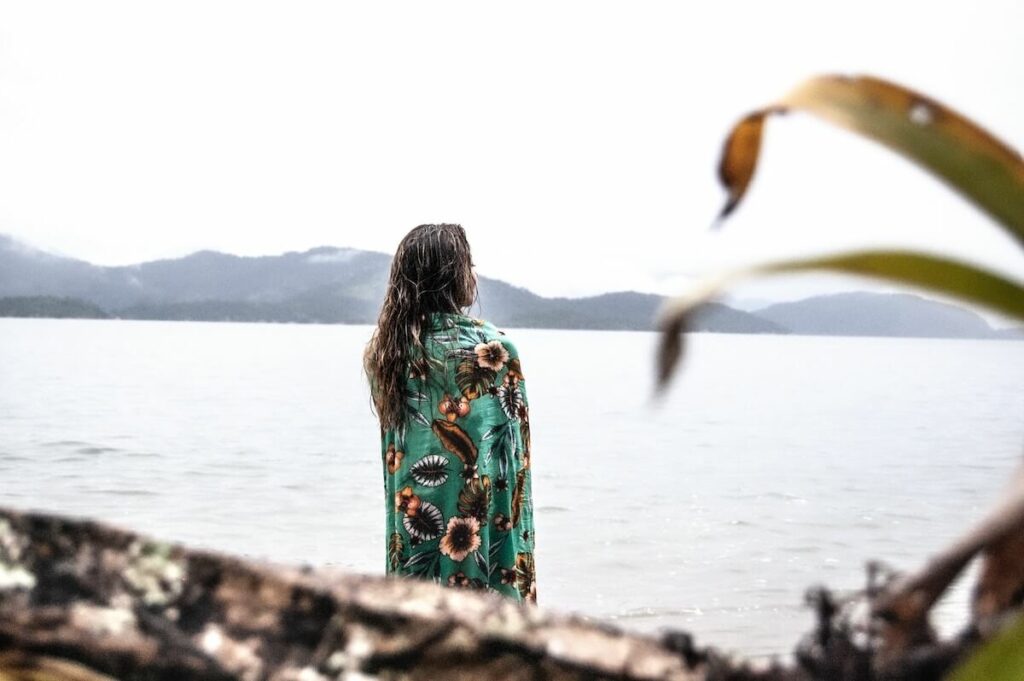What is the PADI Scuba diving briefing?
The PADI scuba diving briefing is an informative session given by the dive leader before each dive. It can be conducted at the dive centre or at the dive site.
Why do we need to conduct a scuba dive briefing before each dive?
No matter your certification level or the number of dives you have, receiving a dive briefing is an integral part of the dive both for the person giving the briefing and the divers receiving it.
A dive briefing provides divers with:
-The objective and expectations of the dive
-All safety procedures and local protocol
-Clear rules and standards for the dive.
-A chance to relax and refresh their memory before getting into the water.
A dive briefing provides the dive leader with:
-A chance to get to know each diver, their likes and dislikes before the dive.
-Knowledge about which diver is most nervous or which diver seems most comfortable allowing dive leaders to best allocate the buddy teams.
-A dive briefing gives a clear indication to the dive leader of what they can expect from their divers underwater which will allow them to judge the dive accordingly.

How long should a dive briefing be?
It is very important to remember that no dive briefing will be the same.
Although the 10 points all have to be mentioned, the amount of detail you choose to go into needs to be appropriate to the divers you are briefing.
Judgement is very important when giving a dive briefing. If you are guiding a group of nervous inexperienced divers you will want to go into more detail about diving signals and the basics of diving to refresh their memory and to put the divers at ease. If you provide nervous divers with a lot of information about the potential hazards underwater, this is only going to make them more nervous and increase the risk of the dive.
You need to use these 10 points of the PADI dive briefing and adjust the information in each section according to the divers experience and certification level.

Where do you conduct the dive briefing?
The dive briefing can technically be conducted in any location but it is important to use visual aids especially if you cannot see the dive site.
I prefer to conduct my dive briefing at the dive site as this is much more interesting for the clients and allows me to clearly show the entry and exit to the dive site.
However the comfort of the divers should also be considered. If the dive site is particularly hot I will choose to conduct most of my briefing in the shade and then take my clients briefly to show them the entry point.
If I am conducting a briefing on a boat and I know that it will be rough conditions that day, I will conduct the briefing in the dive centre to avoid motion sickness and discomfort for the clients.

Some extra useful tips before we get started:
-Have your visual aids ready. A map of the dive site or a fish book to explain the fish species you can see during the dive. This helps to keep the briefing interesting.
-Consider the language of the divers you are briefing. If you are conducting the briefing in English and you know some of your divers have only a basic understanding of the language, have Google translate ready. You can also print off your dive briefing in their language and provide them with this. It is important all divers understand the information you are providing.
–Maintain eye contact with the divers and stand tall. This gives divers the confidence that you are in charge and know what you are talking about.
–Observe your divers facial expressions during the briefing. If divers begin to look worried at certain points you can have a one on one discussion with them after the briefing to discuss their concerns.
–Use your arms. Use physical demonstrations to really demonstrate each point you are discussing.
-If you have a wide variety of different certification levels, consider conducting separate briefings so you can adjust the briefing accordingly.
–Talk clearly, calmly and keep your language simple.
THE 10 POINTS OF THE PADI SCUBA DIVING BRIEFING:
The PADI scuba diving briefing consists of 10 key points.
Please note that you do not need to conduct the dive briefing in the order of the points below. This is just a template and you can change the order of the points to make the briefing easy to follow and cohesive.

1. Dive site name:
Let’s start at the beginning and provide the divers with the name of the dive site. If there is one, also include an interesting fact or story about the dive site.
Here I would also introduce myself, let the divers know my name and let them know that I will be leading their dive.
Example:
‘’Hello everyone and welcome to the dive site Amadores Bay. My name is Sophie and I am very happy to be your dive leader for today. An interesting fact about this dive site is that the beach is made from sand imported from the Caribbean. It is the only beach on the Island made with Caribbean sand. ‘’

2. Dive site description:
Next describe the dive site that you are about to dive. Here I recommend using a map of the dive site as a visual reference.
-What route will you dive?
-What is the topography of the dive site?
-Is there a point of interest in this dive site?
Points that you need to mention are:
- The maximum depth of the dive
- The average depth of the dive
- The weather conditions
Example:
‘’Today we are going to be diving to the Tyre reef. The Tyre reef is a reef that we built to provide a safe habitat for the local fish species. The maximum depth of the tyre reef is 13 metres so this is perfect for your certification level. As you can see here, we have amazing diving conditions today with no waves and it is low tide. ‘’

3. Your role during the dive:
Now you can explain to your divers how they can find and identify you during the dive. You can also explain how you will get their attention if needed.
-Where will you be positioned during the dive?
-What colour is your diving gear?
-What method will you use to attract your divers attention?
Example:
‘’During the dive I will be leading the dive so I will be positioned at the front of the group. I will be wearing bright Pink fins and a bright Pink mask so I am very easy to see. Our divemaster Jose will be positioned at the back of the group just keeping an eye on you from above. Jose wears yellow fins and a yellow mask.
I will be checking on you throughout the dive and should I need to get your attention I will use this rattle to do so. If you have any problems throughout the dive, me and Jose will be there to help.’’
4. Entry and Exit techniques
This point is essential for a safe and organised dive. You can prevent many problems by ensuring your divers are entering and exiting the water safely. Remember this might be your divers first boat dive or their first shore dive, so I always go into a lot of detail on this point.
-How and where will you enter the water?
-Will you enter the water first or will you be helping divers from the shore?
-What order will the divers enter the water?
-Are there any hazards to avoid such as boat lines, currents, a rocky bottom composition, shallower water or waves.
-Remind the divers to fully inflate their BCD, have their snorkel/regulator in and their mask on.
-When will the divers put their fins on? Do you put the fins on when you are in the water or when you are on the shore?
Example:
‘’We will walk along the beach and enter the water on the left side (using my hands to show them the exact entry point.) Although the water is very calm, it is very important to remember to fully inflate your BCD before entering. We will put our mask and fins on when we are in the water so keep hold of your fins and I recommend just popping your mask around your neck to keep it safe.
We will walk into the water until we are waist deep. Because the water is so calm and it is an easier entry point we can all enter the water at the same time. The bottom composition is only sand so there aren’t any rocks or trip hazards. When everyone is in the water I will help each diver with their fins and washing their mask.’’

5. Dive procedures
Now you can communicate the procedures of the dive and the importance of following them to avoid any problems.
-When will you turn the dive around? Will this be based on time, air consumption or no decompression limits.
-Air reserve and the importance of checking the air gauge.
-The safety stop and computer use. Where and how will you conduct the safety stop?
Example:
‘’We will turn the dive around and head back to shore when the first diver has 130 bar left. I will keep asking your air consumption throughout the dive, but please always monitor your air gauge and let me know when you are near 130 bar. On our way back to shore we will conduct our safety stop at 5 metres, it will be a rolling safety stop so please make sure to adjust your buoyancy accordingly to make sure you do not ascend. When the last dive has finished their safety stop, this is when we will all ascend together.’’

6. Emergency procedures
It is crucial to remind your divers of the procedures to undertake in case of an emergency.
You want to remind your divers of:
-Low on air scenario
-Out of air scenario and emergency air source location
-The buddy separation procedure
-The location of the Emergency oxygen kit and first aid kit and any lock combination or location of keys to dive vehicles.
Example:
‘’Let’s just refresh our memory on the buddy separation procedure. If you cannot find your buddy underwater, search for one minute. If you still cannot locate your buddy, please safely ascend and wait on the surface. Please do not continue the dive, we will reunite on the surface. But of course we should not need this procedure if we stay next to our buddy.’’

7. Signal review
Please do not assume that everyone remembers the scuba diving hand signals. Hand signals may differ depending on the location of their course (BAR or PSI) or simply some divers forget the signals.
Recapping the vital hand signals will allow you to communicate effectively underwater and reduce any problems that may arise due to miscommunication.
Signals to be reviewed include:
-OK (question and response)
-Problem
-Up and down
-The signal to ask for the divers air and how to properly communicate how much air they have remaining (BAR or PSI)
-Low on air
-Out of air
-Safety stop
-You can also teach divers the signs for any special marine life that you are hoping to see during the dive.
Example:
‘’During the dive I will ask you how much air you have, the signal I will use is this one. Please tell me how much air you have remaining by using these signals. So we have 100 bar (show them) 50 bar (show them) and for example 70 bar (show them) David, how would you communicate to me that you have 160 bar?’’

8. Roster and buddy pairs
Now is to make sure that every diver has been issued a buddy for the dive. If the group is of similar levels and know each other, I might give them the freedom to select their own dive buddy.
If the group is of mixed ability I will make sure that the least experienced diver is buddied with myself or an assisting Divemaster.
Example:
”So everyone for our buddy teams, James, Emil, Ben and Aaron as you are friends would you like to select your own buddy teams? And Thomas would you like to be my buddy? So in the end the buddy teams will be as follows, James and Ben, Emil and Aaron and myself and Thomas. Myself and Thomas will be at the front and then James and Ben behind and finally Emil and Aaron closing the group at the back.”

9. Environmental orientation
Now you can discuss any hazardous marine life and promote environmental awareness.
-Ask divers to avoid touching anything while underwater.
-Ask divers to avoid collecting any souvenirs such as shells.
-Are there any hazardous marine life that the divers should be aware of such as Lion fish or fire worms?
Example:
Please remember to avoid touching anything during the dive. Here the dive site is very safe but the rocky bottom composition is volcanic so can be very sharp to the touch. We want to make sure we take only photos and leave only bubbles.’’

10. Pre dive buddy check
It is crucial that all diving equipment is checked before entering the water and that divers are familiar with their equipment before the dive. Explain to the divers which acronym you use to remember the buddy check and talk them through the 5 steps.
Example:
‘’I use the acronym Bruce Willis ruin’s all films to remember the 5 step buddy check. We will go through the five steps together and check our BCD, Weights, Releases, Air and conduct our final check before entering the water. I like to do our buddy check all together, so we can stand in a circle and I will talk us through this to make sure everything is perfect.’’

The PADI scuba diving briefing is one of the most crucial aspects of a diving excursion. It sets the tone and expectations for the day and is an integral part of a fun and safe dive.
Use these 10 points of the dive briefing and practice until it is perfect! The more dive briefings you will conduct, the better they will be!

